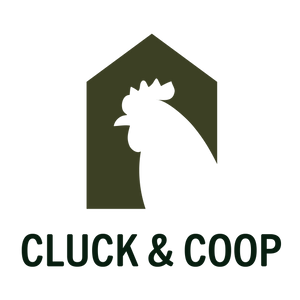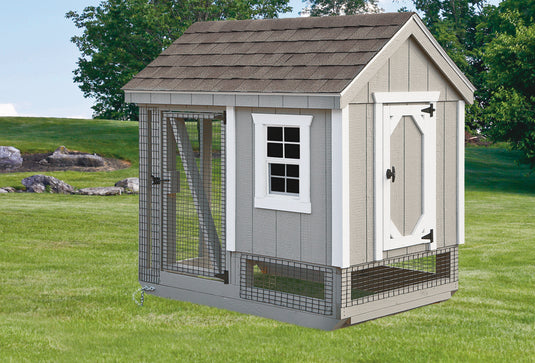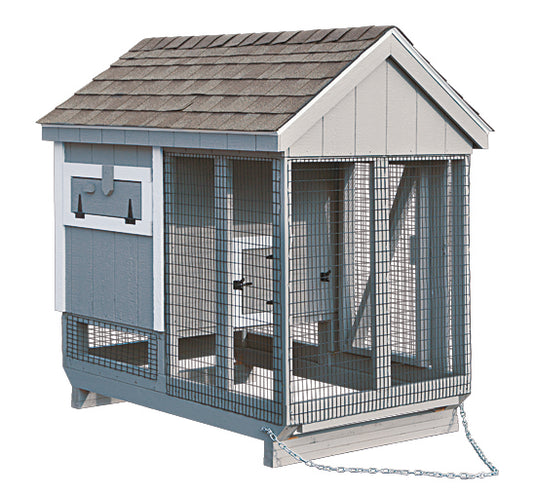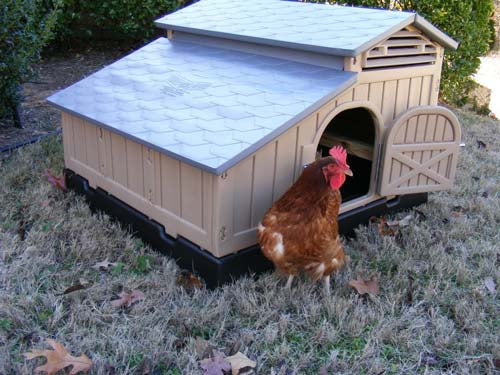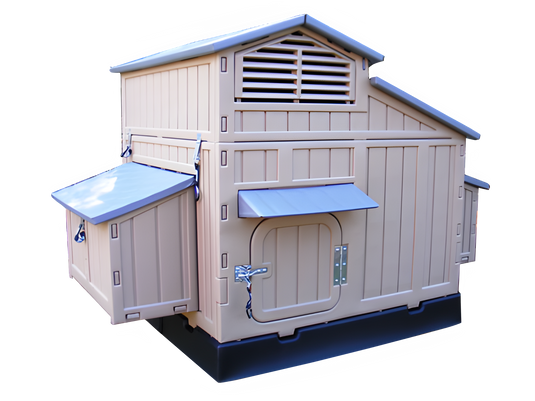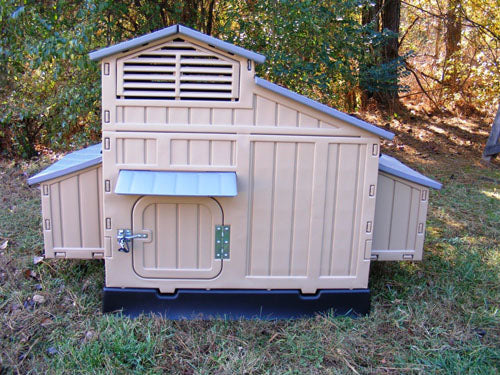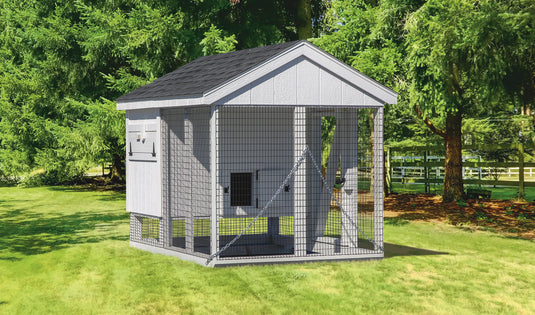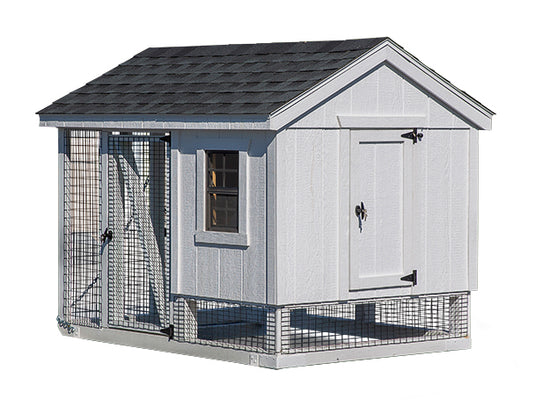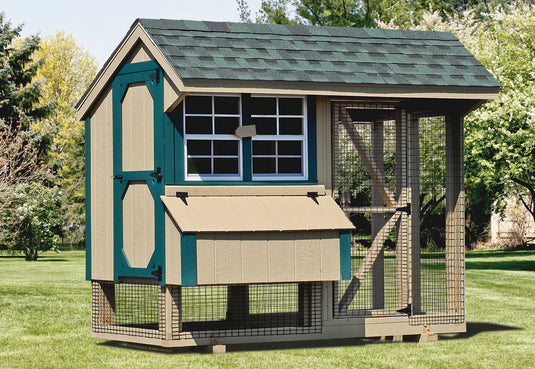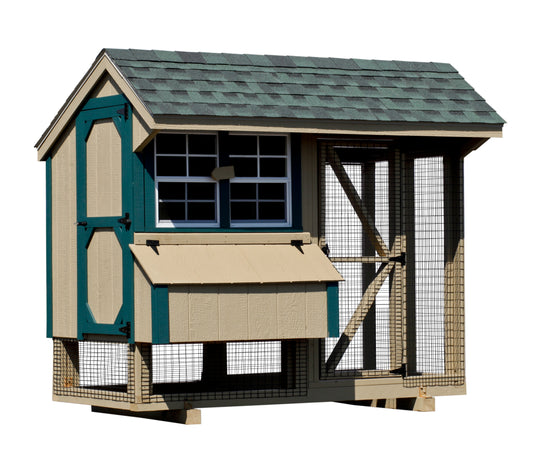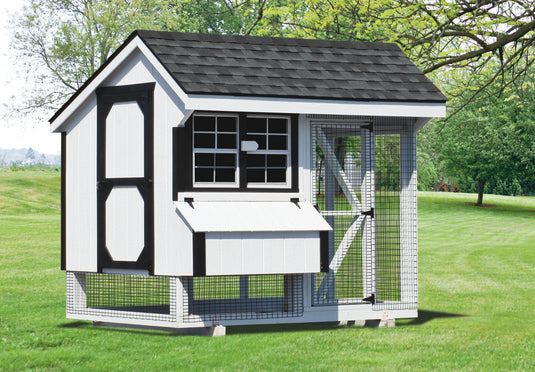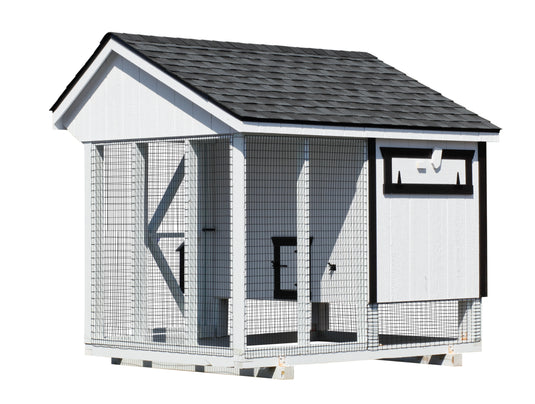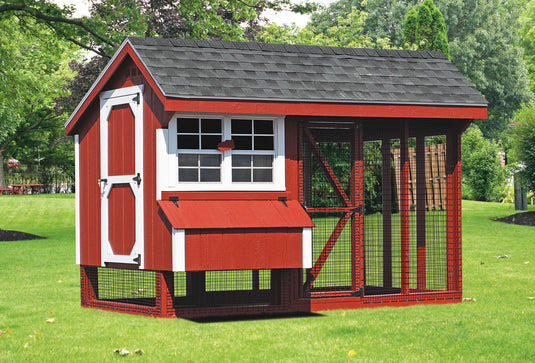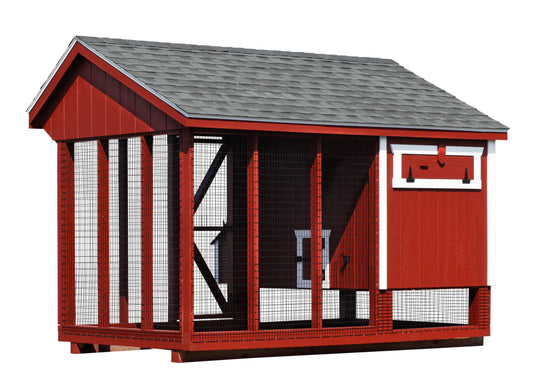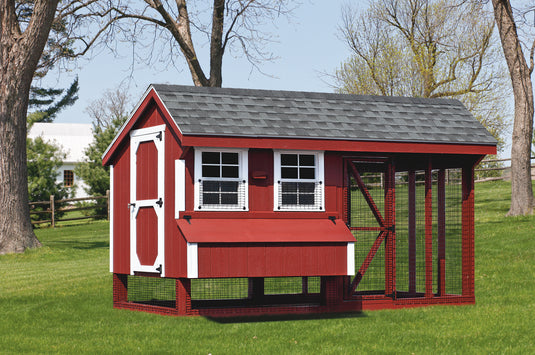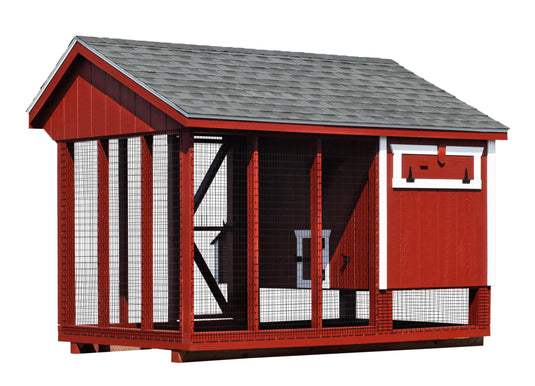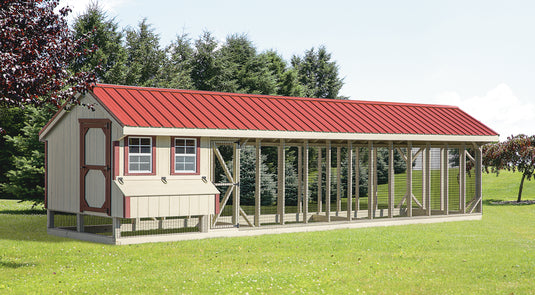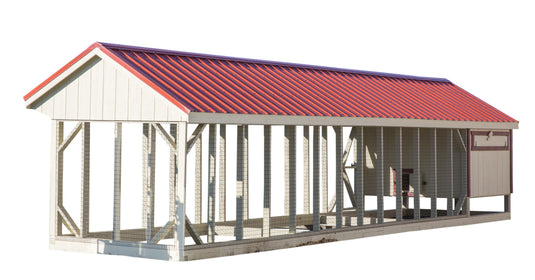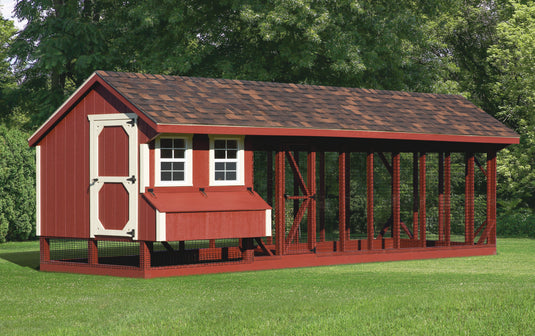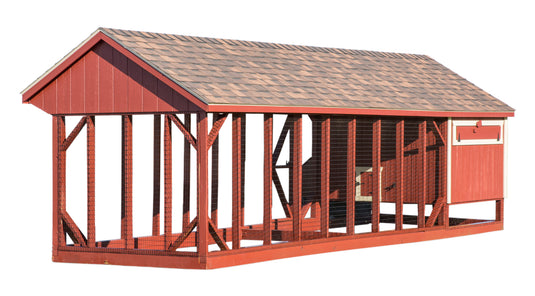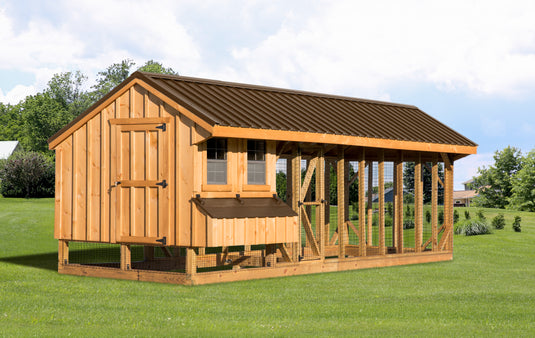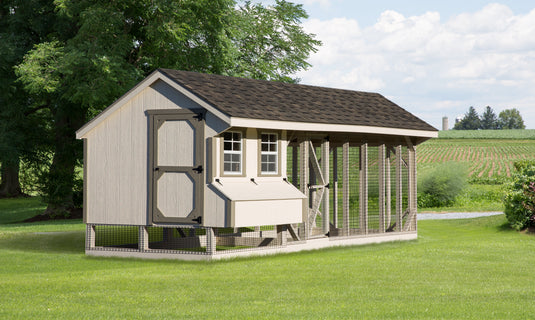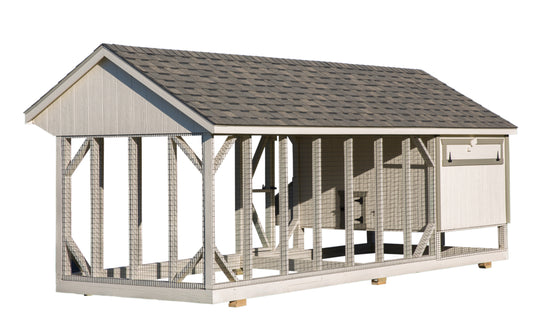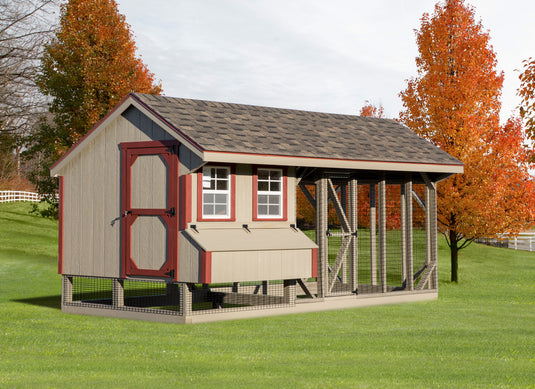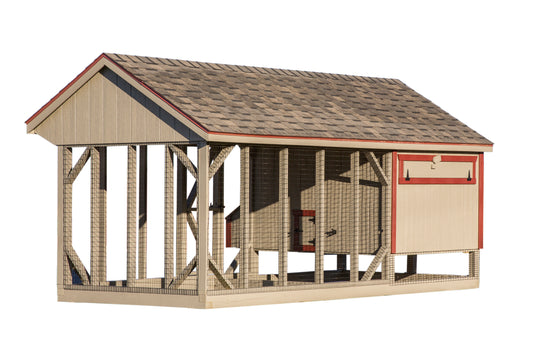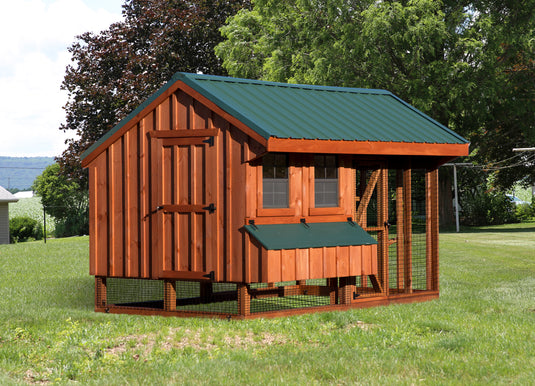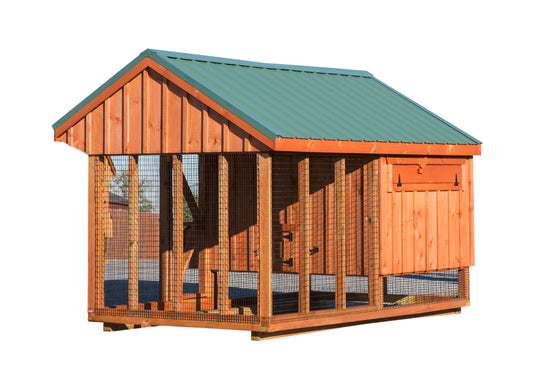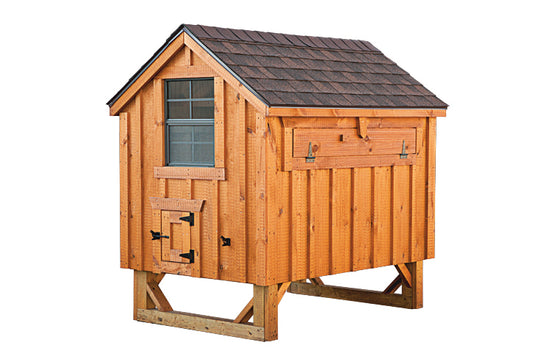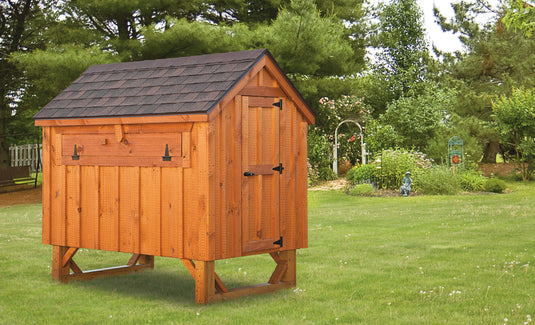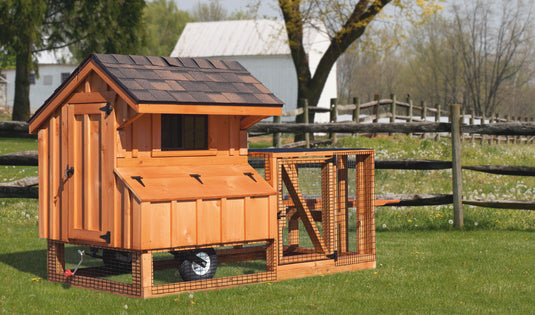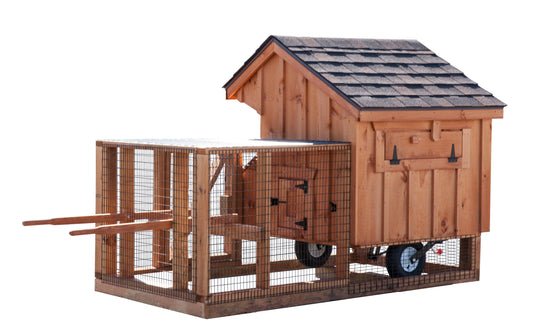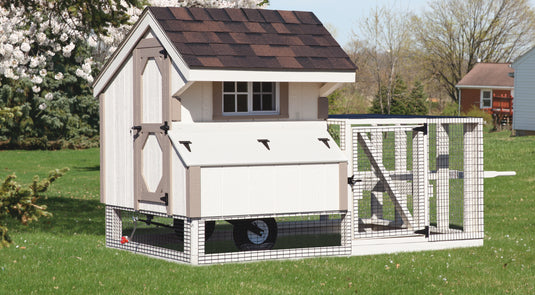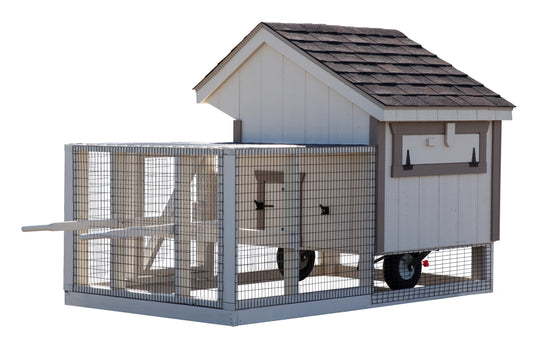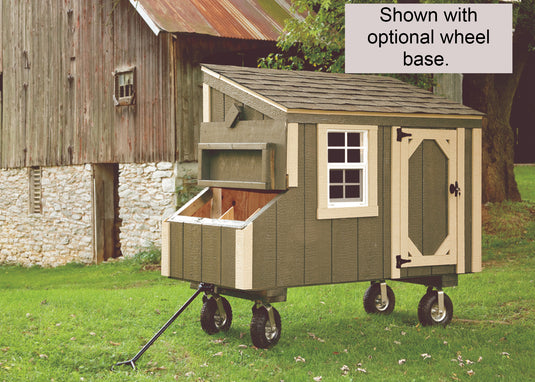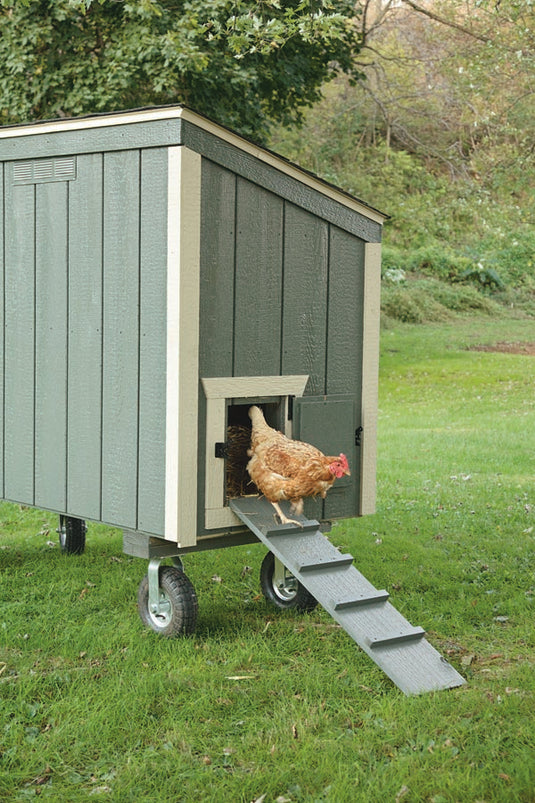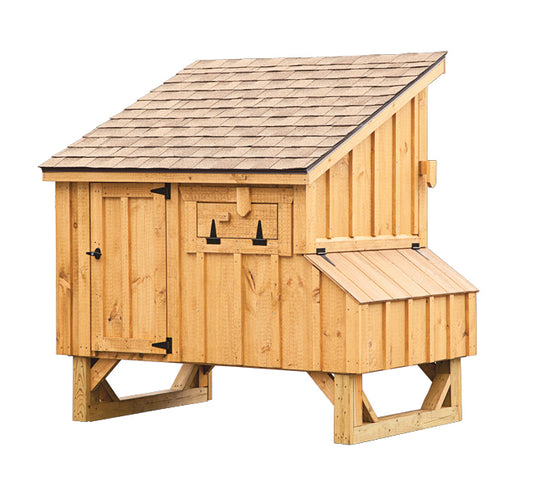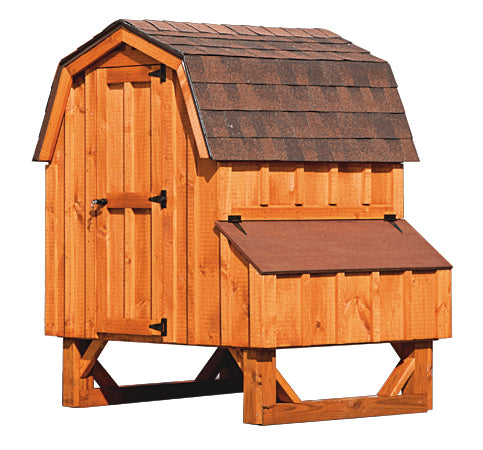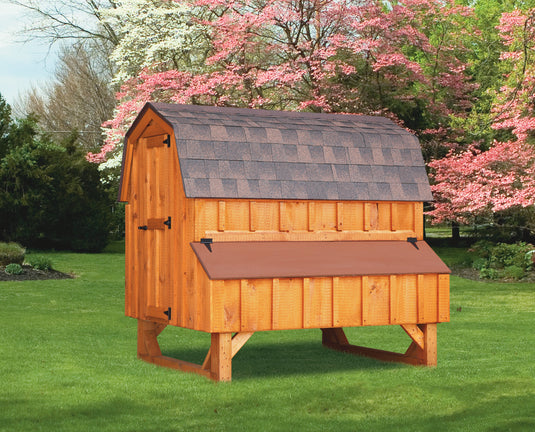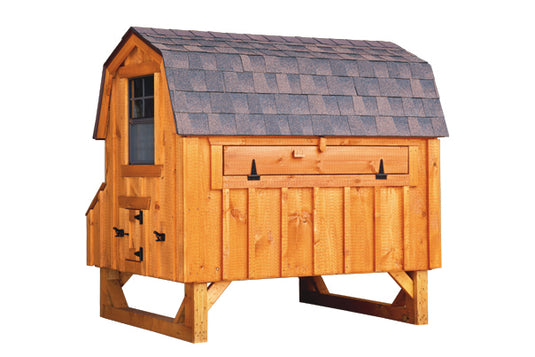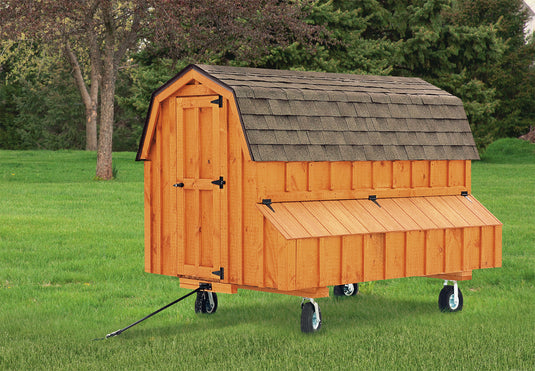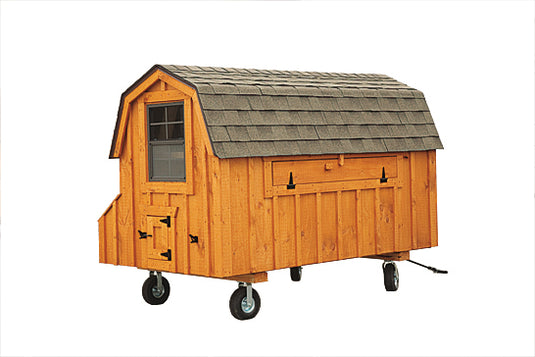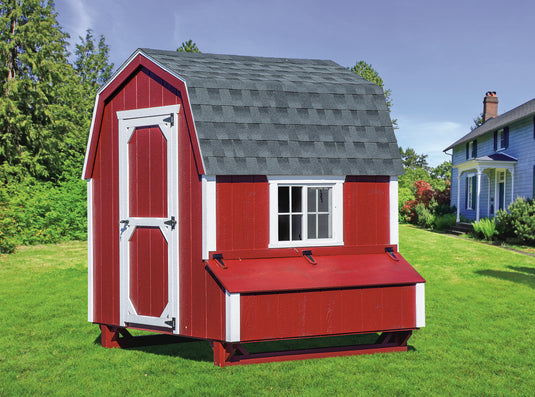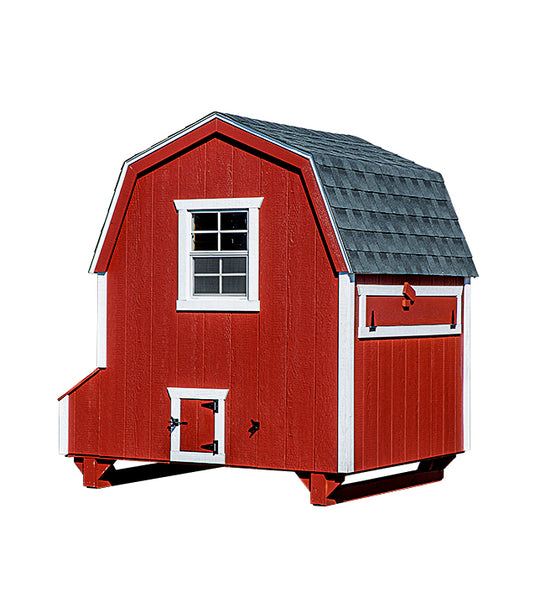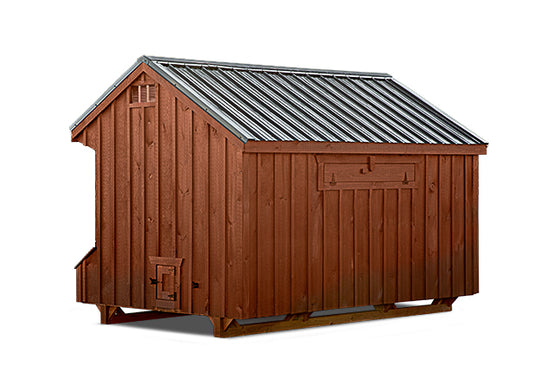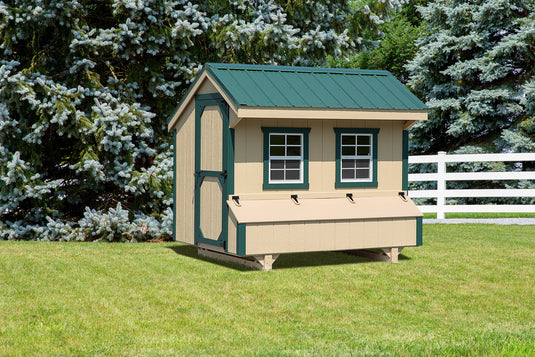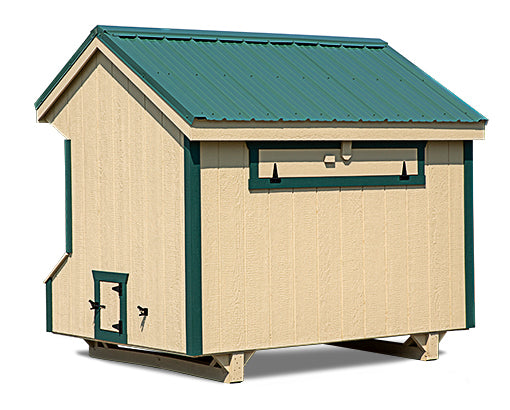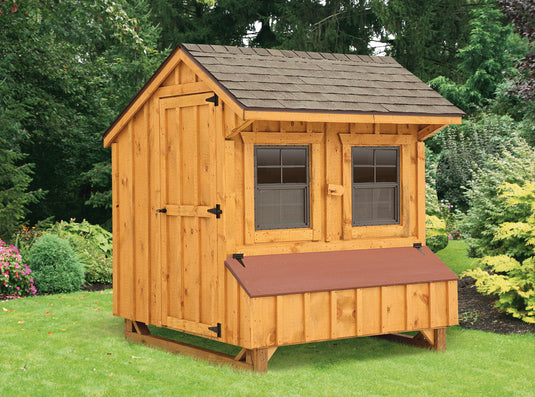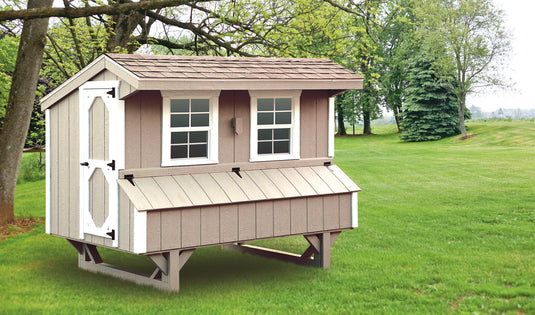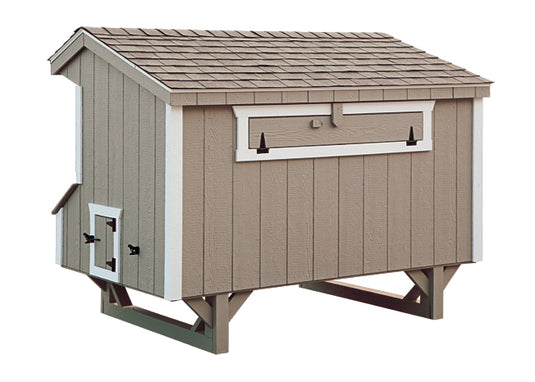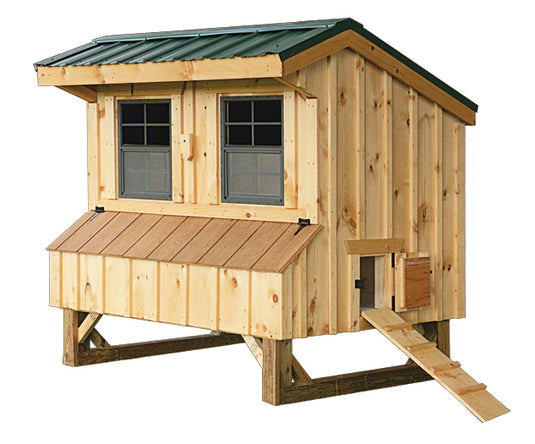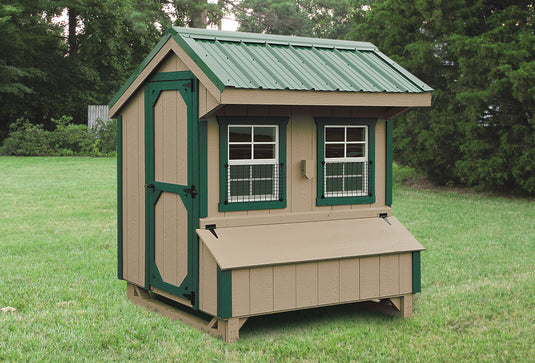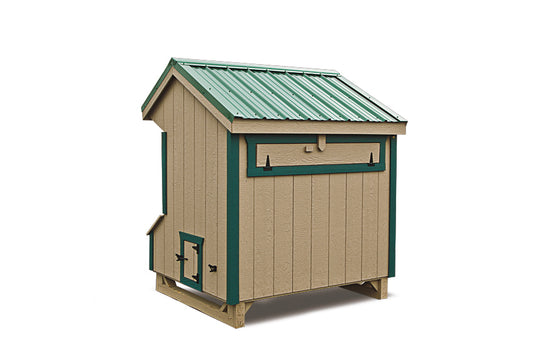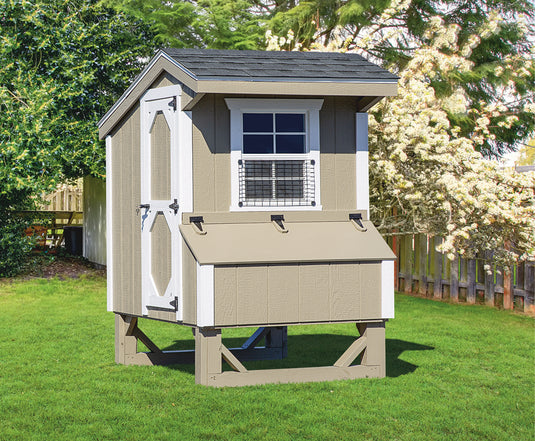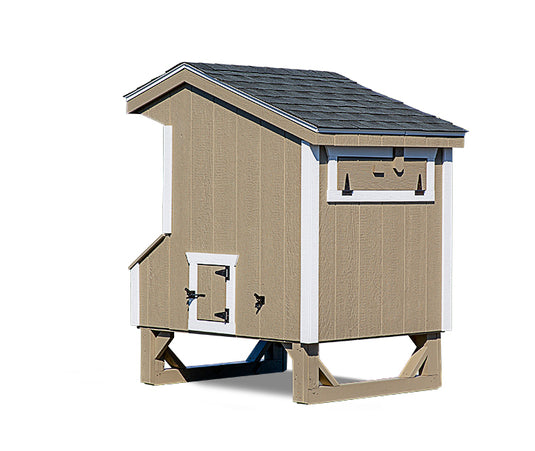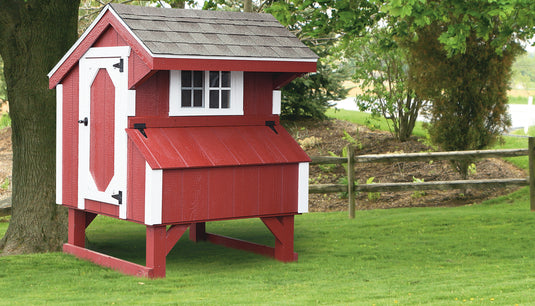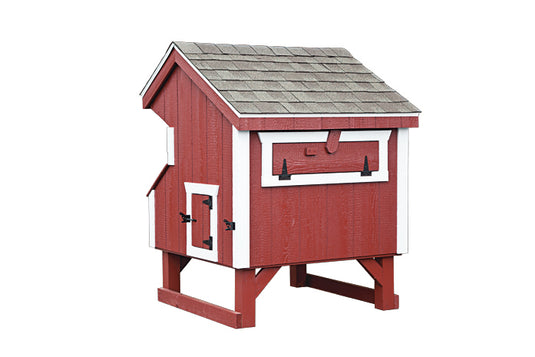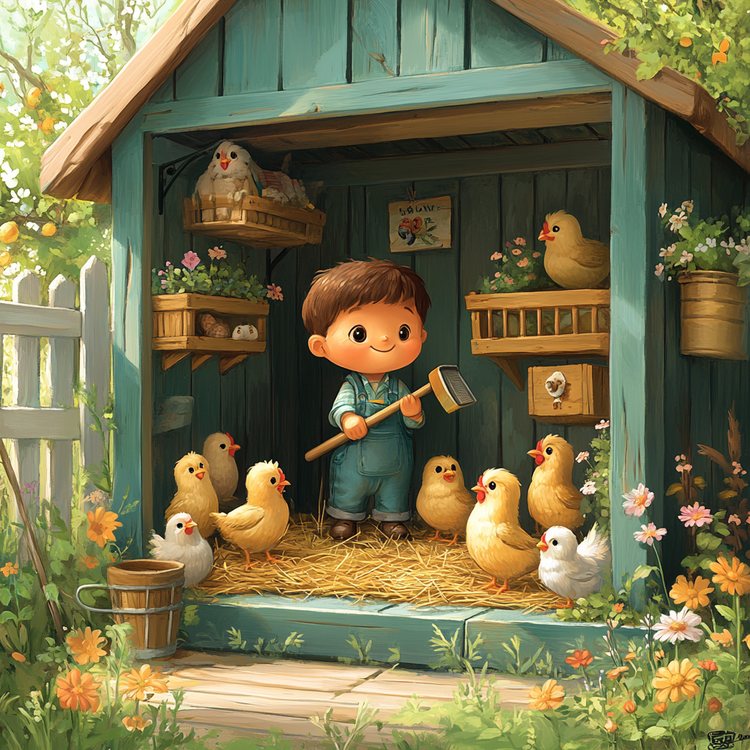
How to Maintain and Clean Your Chicken Coop for a Healthy Flock
A clean chicken coop is essential for maintaining a healthy, happy flock. Regular maintenance not only keeps your chickens comfortable but also prevents the buildup of harmful bacteria, pests, and odors that could threaten their health. Whether you’re a first-time chicken keeper or an experienced poultry enthusiast, this guide will walk you through practical tips and tricks for cleaning and maintaining your coop to ensure it remains a safe and sanitary home for your chickens.
Why Coop Maintenance Matters
Before diving into the cleaning process, it’s important to understand why a clean coop is so critical:
- Health and Hygiene: Dirty coops can harbor harmful bacteria, mold, and parasites that lead to illnesses like coccidiosis, respiratory infections, and mites.
- Odor Control: Chicken waste, when left unattended, produces ammonia, which can irritate chickens’ respiratory systems.
- Egg Quality: Clean coops lead to cleaner nesting boxes and, ultimately, cleaner eggs.
- Predator and Pest Prevention: Dirty coops can attract pests like rats, flies, and mites, as well as predators looking for an easy meal.
With these benefits in mind, let’s break down the steps to maintaining and cleaning your coop.
Step 1: Daily Maintenance Tasks
Daily upkeep doesn’t take much time but goes a long way in keeping your coop clean:
-
Remove Droppings:
- Use a small rake or scoop to remove droppings from the coop floor and roosting bars. This prevents waste buildup and ammonia odor.
-
Refresh Water and Feeders:
- Replace water daily to prevent contamination and algae growth. Clean feeders regularly to remove old food and debris.
-
Check for Wet or Soiled Bedding:
- Spot-clean any areas of the bedding that are wet or soiled to prevent mold and odor.
Daily tasks take just a few minutes and help keep the coop fresh and manageable between deeper cleanings.
Step 2: Weekly Cleaning Routine
Once a week, spend a little extra time maintaining the coop:
-
Change Bedding:
- Replace the bedding (e.g., pine shavings, straw, or hemp) in high-traffic areas, like nesting boxes and under roosting bars.
- Bedding absorbs moisture, reduces odors, and provides comfort for chickens, so keep it fresh.
-
Clean Feeders and Waterers:
- Wash feeders and waterers with warm, soapy water to prevent mold and bacteria. Rinse thoroughly and allow them to dry before refilling.
-
Inspect for Pests:
- Check the coop for signs of mites, lice, or rodents. Look for red specks (mites), small droppings (rodents), or chickens scratching excessively.
- If pests are found, take immediate action with poultry-safe treatments.
-
Wipe Surfaces:
- Use a natural cleaning solution like vinegar and water to wipe down roosting bars, nesting boxes, and coop walls. Avoid harsh chemicals that can harm chickens.
Step 3: Monthly Deep Clean
A thorough monthly cleaning helps reset the coop and keeps harmful bacteria and pests at bay:
-
Remove All Bedding and Waste:
- Take everything out of the coop, including bedding, nesting materials, and droppings. Compost the waste or dispose of it safely.
-
Scrub All Surfaces:
- Mix a natural cleaning solution:
- Recipe: 1 part vinegar to 2 parts water.
- Use a scrub brush to clean roosting bars, nesting boxes, walls, and the floor. Pay special attention to corners and cracks where pests might hide.
- Mix a natural cleaning solution:
-
Disinfect the Coop:
- Once scrubbed, spray a natural disinfectant like vinegar or a poultry-safe disinfectant. Allow the coop to dry completely before adding fresh bedding.
-
Check for Repairs:
- Inspect the coop for any damage, such as loose boards, cracks, or holes. Repair them promptly to keep predators out.
-
Fresh Bedding and Nesting Material:
- Once clean and dry, add a thick layer of fresh bedding to the floor and nesting boxes.
Tips for Keeping Your Coop Pest-Free
Pests like mites, flies, and rodents can be a constant challenge. Here’s how to prevent infestations:
- Diatomaceous Earth (DE): Sprinkle food-grade DE in the coop and nesting boxes. It helps control mites, lice, and other pests naturally.
- Elevate Feeders and Waterers: Keep food and water off the ground to discourage rodents.
- Seal Gaps and Holes: Use hardware cloth or strong mesh to block openings where pests or predators could enter.
- Use Herbs: Add pest-repelling herbs like lavender, mint, or rosemary to nesting boxes to keep bugs away naturally.
Long-Term Coop Maintenance Strategies
In addition to regular cleaning, adopt these practices to make long-term maintenance easier:
- Deep Litter Method: Consider using the deep litter method, where bedding is layered and allowed to decompose naturally. Turn the bedding regularly to aerate it and control odors.
- Proper Ventilation: Ensure the coop has sufficient ventilation to reduce moisture and ammonia buildup.
- Weatherproofing: Seal the coop to prevent water leaks that could lead to mold and dampness.
Final Thoughts
Maintaining a clean and healthy chicken coop is a vital part of raising chickens successfully. By implementing daily, weekly, and monthly cleaning routines, you’ll create a safe and sanitary environment that keeps your flock happy, healthy, and productive. Remember, prevention is key—regular maintenance helps avoid bigger problems down the line, such as pests, odors, or disease.
With a little effort and consistency, your coop will remain a fresh and inviting space for your feathered friends, and they’ll reward you with plenty of fresh eggs and endless joy in return!
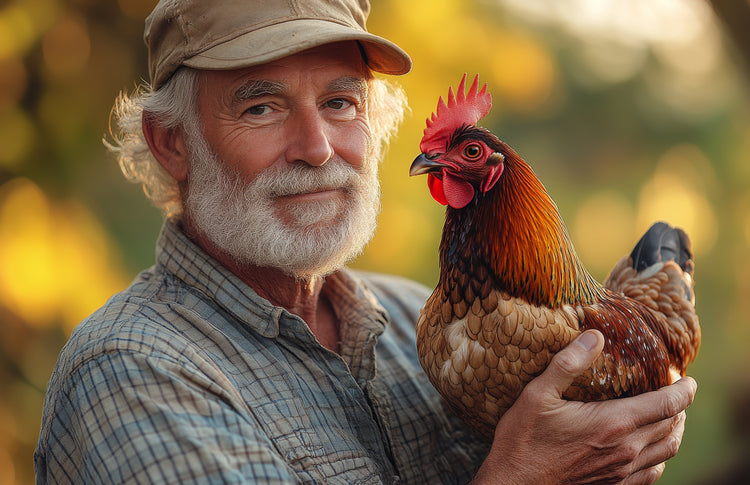
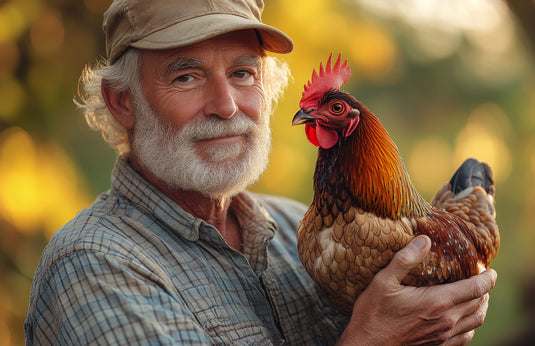

Combination Coop - Witness the endless possibilities for your new coop from the Hen House Collection with Ashley Motter’s combination coop in York County.
Cluck & Coop
Read Me!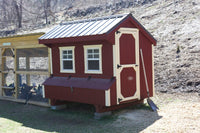
What started as a novice activity became a passion and hobby for the Lopez family. Keep reading to learn more about their 5×8Quaker Chicken Coop in CT!
Cluck & Coop
Read Me!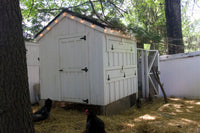
Suzanne became a chicken owner by accident. She started with 8 chickens, but as she had kids, they became interested in raising chickens, so she wanted to expand her coop and flock!
Cluck & Coop
Read Me!
Matt and Brittany Jankaitis had been interested in getting chickens for a long time. They started with6 chickens , but after getting a coop from The Hen House Collection, they felt confident that they could raise10 chickens .
Cluck & Coop
Read Me!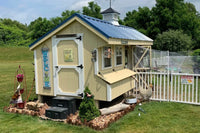
Amy first considered getting her own chickens after hearing from others who had backyard flocks. She started with8 chickens, all different breeds. She planned to name her birds and keep them apart.
Cluck & Coop
Read Me!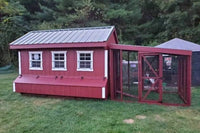
Dorothy and her husband love their flock of chickens and treat them like pets. They currently have 20 chickens and are expecting more. Owning chickens has been a great learning experience for their son as well, and he is deeply involved in caring for them. Continue reading to hear about Dorothy’s chicken coop journey.
Cluck & Coop
Read Me!